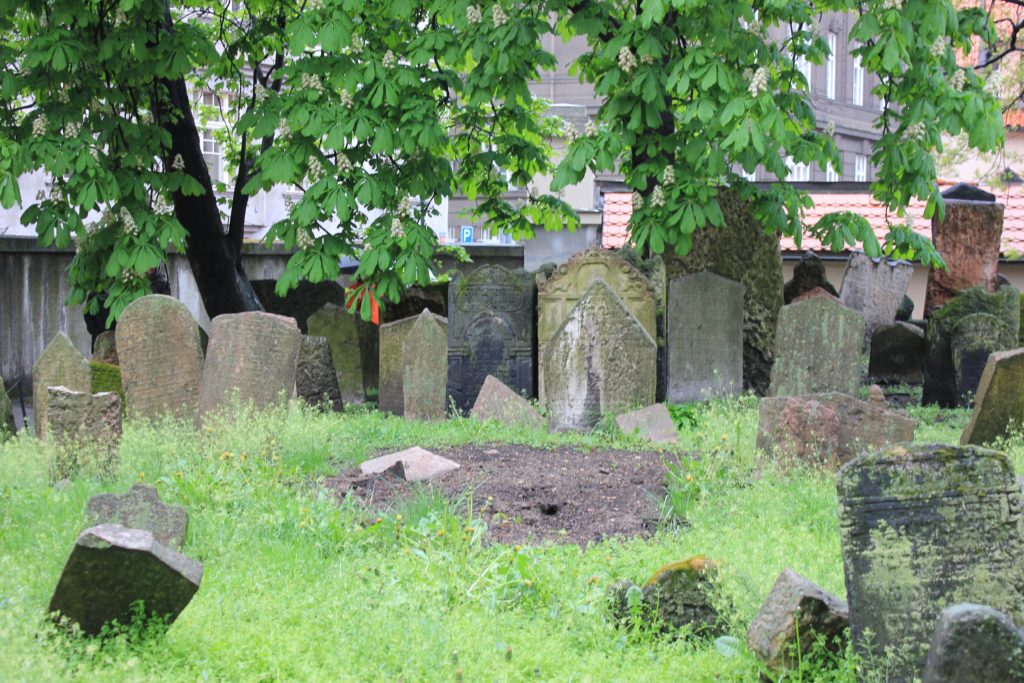Jewish funerals are often held within a day or two of death. Funeral services may be held graveside, at a synagogue or in our chapel. Typically the service includes readings of Psalms, a eulogy given by clergy or family members and the recitation of the memorial prayer. Six Jewish individuals carry the casket to the hearse and from the hearse to the graveside, with family walking behind.
The Hebrew word for funeral, Leviyah, translates to accompaniment, as we accompany the deceased to the grave and ensure the burial is complete.
At the cemetery, immediate family gathers around the grave as the casket is lowered. Family and friends take part in the burial by shoveling earth onto the casket. When the casket is covered, the Mourners Kaddish is recited. Burial continues by hand or machine until the earth is mounded over the grave.
As the family leaves the cemetery, attendees form two lines to create an aisle through which the family passes, as a symbol of communal support and comfort.
As much as we want to offer words of sympathy and support to the family, tradition tells us not to approach the mourners until after the burial is complete. In some cases, the family may be seated in a private area for the funeral service.
It is most appropriate to make a donation in memory of the deceased.
